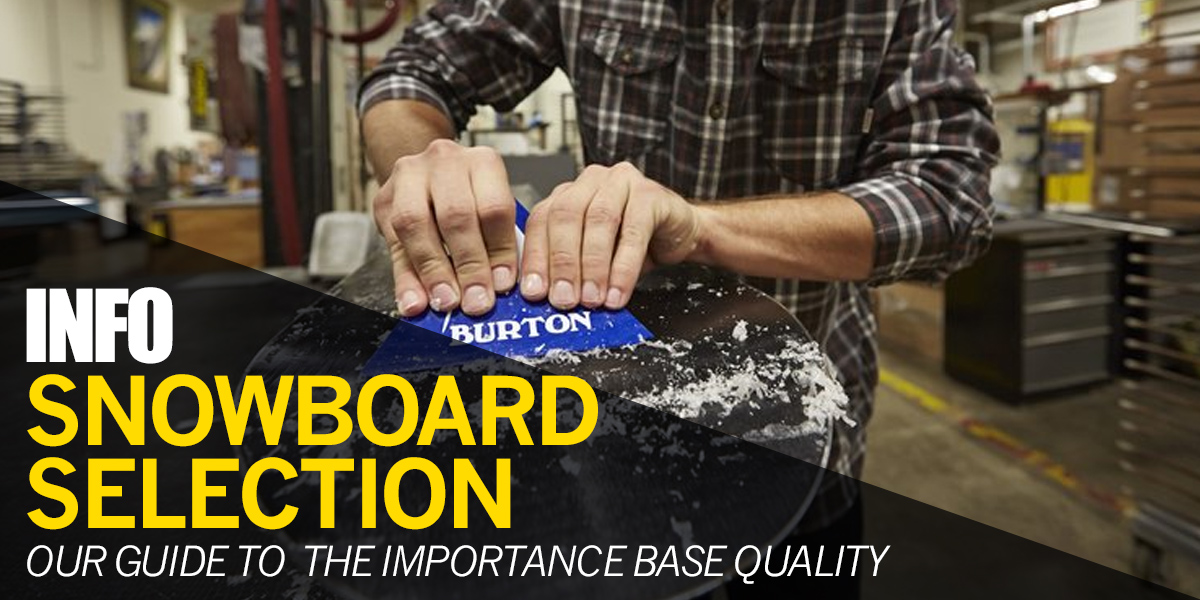Both sintered and extruded bases are made from a high density polyethylene material, known widely as p-tex. The key trait is being hydrophobic, allowing the board to glide efficiently over the snow surface. P-tex is designed to work with snowboard wax and it is important to appreciate the reaction of a sintered or extruded base with wax to understand which is best for your needs.
Extruded
Extruded bases start as plastic p-tex pellets that are melted and forced through a mould. In doing so the sheet and thus base thickness is determined. Once a large piece is produced the snowboard template is stamped or cut out. Due to melting process extruded bases have molecules that are closely packed and have no gaps into which wax can penetrate. They are thus best thought of as being non permeable.
Because extruded bases are less dense (hard) compared with their sintered counterparts they are easier to repair. Their non permeable nature means that wax is not absorbed and only sits on the surface. As such, it is generally accepted there is less to be gained from periodic hot waxing and thus less need to do this. However, while this is certainly a positive we would mention that the lack of wax absorption also means these boards lack top end speed and efficient glide.
Extruded base boards are less expensive to make and thus generally aimed at entry level boards or those used by park riders given that damage is a high risk and thus easy repair attractive.
Sintered
These bases are also produced from p-tex pellets but rather than being melted they are formed by fusing under great pressure. This leaves a material that is denser (harder) and with gaps between molecules to allow wax absorption. As these will hold more wax than extruded versions the sintered based is more hydrophobic and will see less friction when in contact with the snow. The good news for snowboarders is improved top end speed and overall glide. These boards will require more regular maintenance in the form of a hot wax so as to maintain top performance. The hardness of the base also makes it more robust and durable, yet more difficult to repair should damage occur. As the fusion manufacturing process is costly boards using sintered bases will also be more expensive.
While the case can be viewed at a simplistic level and a conclusion be drawn that sintered bases are superior to extruded we would argue that the situation is not so straight forward. While this may be generally accepted there are instances, such as that of a park rider or those heading to the dome, where overall top end speed is less of a desirable trait than purchase cost, required maintenance and ease of repair. As such, be honest about you riding and thus conclude which base construction is right for you.
















